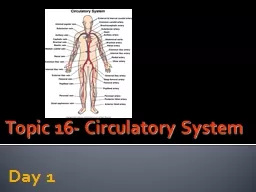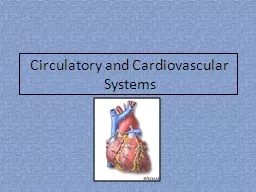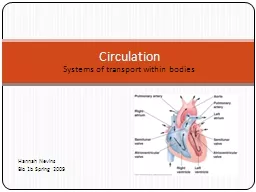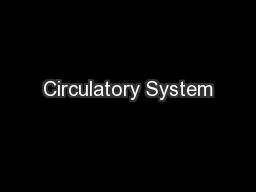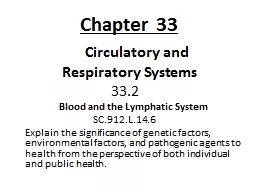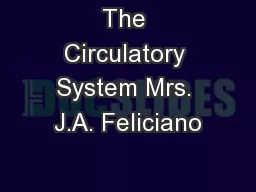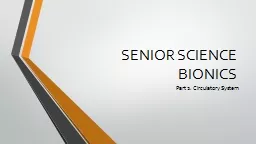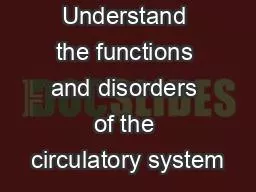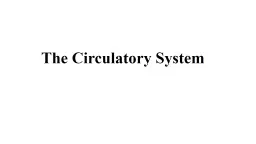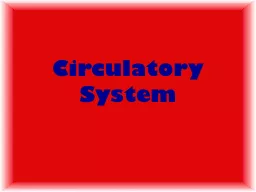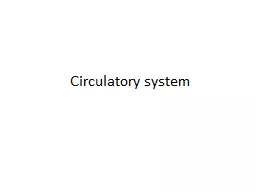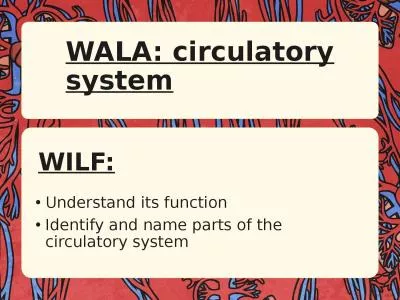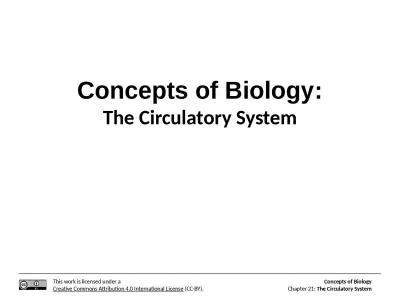PPT-Topic 16- Circulatory System
Author : jane-oiler | Published Date : 2015-11-07
Day 1 WHAT ARE WE LEARNING TODAY BENCHMARK SC912L1436 Describe the factors affecting blood flow through the cardiovascular system OBJECTIVE Identify and investigate
Presentation Embed Code
Download Presentation
Download Presentation The PPT/PDF document "Topic 16- Circulatory System" is the property of its rightful owner. Permission is granted to download and print the materials on this website for personal, non-commercial use only, and to display it on your personal computer provided you do not modify the materials and that you retain all copyright notices contained in the materials. By downloading content from our website, you accept the terms of this agreement.
Topic 16- Circulatory System: Transcript
Download Rules Of Document
"Topic 16- Circulatory System"The content belongs to its owner. You may download and print it for personal use, without modification, and keep all copyright notices. By downloading, you agree to these terms.
Related Documents

